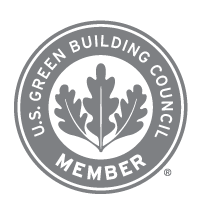How Preventive Asphalt Road Maintenance Saves Money
Category: Blog Articles By: Chris Evers
Why PM is so often neglected with asphalt pavement
Our roadway network serves as the circulatory system for our society and the lifeblood of our economy. During the Great Recession, many local agencies were forced to defer infrastructure related spending. Asphalt paving in many states dropped by over 40 percent between 2006 and 2012. This understandable but unfortunate choice led to substantial deterioration in our roadway systems, leading to the increased costs associated with inevitable system rehabilitation.
The sad truth is that the longer we wait to act, the more road rehabilitation costs us. Fortunately, as spending began to increase over the last few years, so has the number of roads that are in good enough condition to preserve through proactive preventive maintenance.
By preserving pavements while in they are still in relatively good condition, we can lower the life-cycle cost of a mile of roadway significantly. The adage is “good roads cost money, bad roads cost more.”
Today, as the COVID-19 pandemic threatens a return to budget shortfalls, pavement preservation is becoming even more important. By focusing more attention to preserving roads that were resurfaced over the last few years can extend the life of the pavement and dramatically improve pavement condition, as seen in the chart below. If we invest money now to preserve our capital investment in pavement over the last few years, we’ll be better positioned to weather any short-term reductions in infrastructure funding.
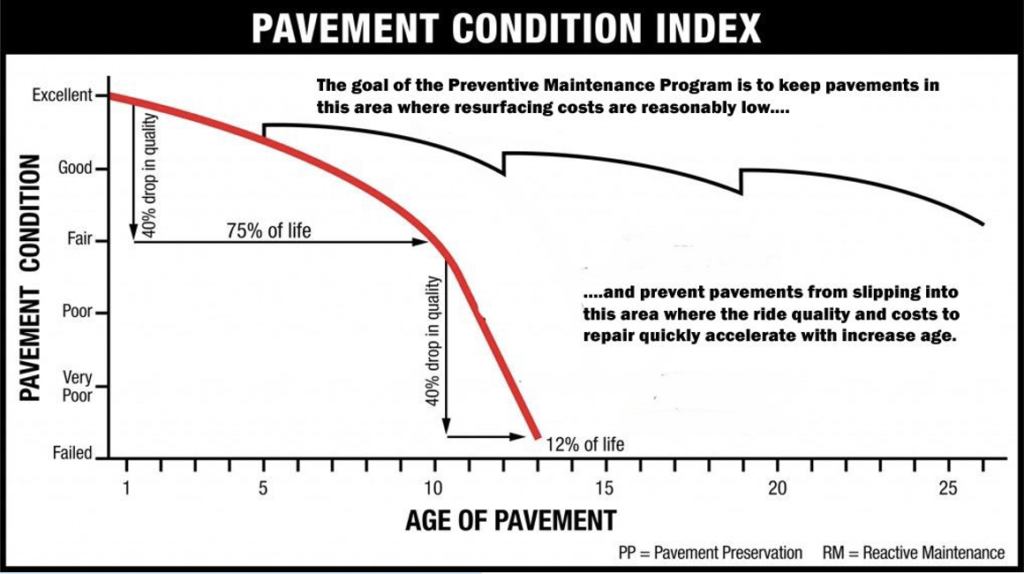
Unfortunately, the public’s perception is quite the opposite. Citizens complain about roads that have lower PCIs (the condition rating for pavements) and wonder why their Public Works Department is doing something to their “perfectly good” roads instead of “fixing” their problem roads. Community members inevitably influence public policy – which is why we see the “worst first” strategy employed so frequently.
The Cost-Saving Value of PM
The value of preventive maintenance is considered to be settled science in most other facets of life. Using some creative examples will help put preservation in perspective. For instance, every lane mile of resurfacing costs roughly the equivalent of a 2021 Corvette Stingray. At a cost of over $60,000, imagine the logic behind not changing the oil in your brand-new Corvette until the paint starts to fade and peel. Yet that is how we treat our roads, even though oxidation begins to cause damage to the asphalt on day one, which is invisible to the naked eye.

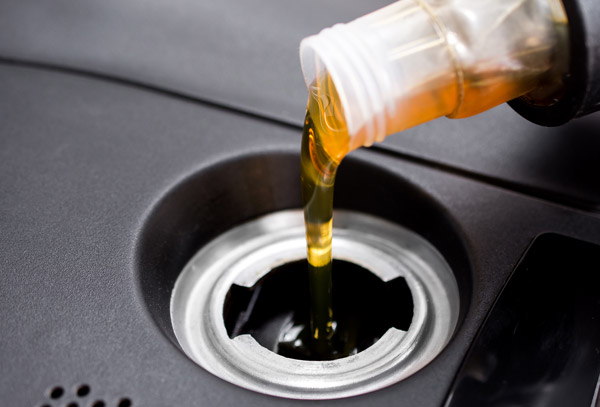
With any asset, the life-cycle cost is lowest when that asset is properly maintained. Consequently, when it comes to our roadways, by spending money at the “Top of the Curve” we are able to touch more miles more frequently thereby lowering the total cost of ownership.
A maltene-based asphalt rejuvenator that puts back the light oils that allow the binder in asphalt pavement to remain pliable and resist fatigue can rejuvenate pavements while they are still in a good state of repair. For the cost of a single mile of asphalt pavement, your agency can treat eight miles of existing asphalt roadways adding approximately five years to their service life. That is the equivalent of getting a 20 percent discount on every ton of asphalt the agency lays! That is why a “top of the curve” approach is routinely encouraged by the Federal Highway Administration and has been adopted by hundreds of public agencies across the country since Maltene Replacement Technology (MRT) was introduced in the 1970s.
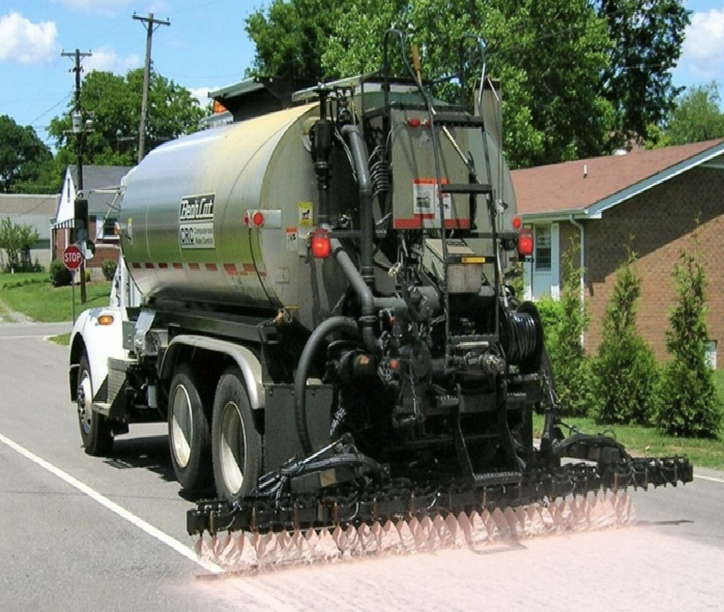
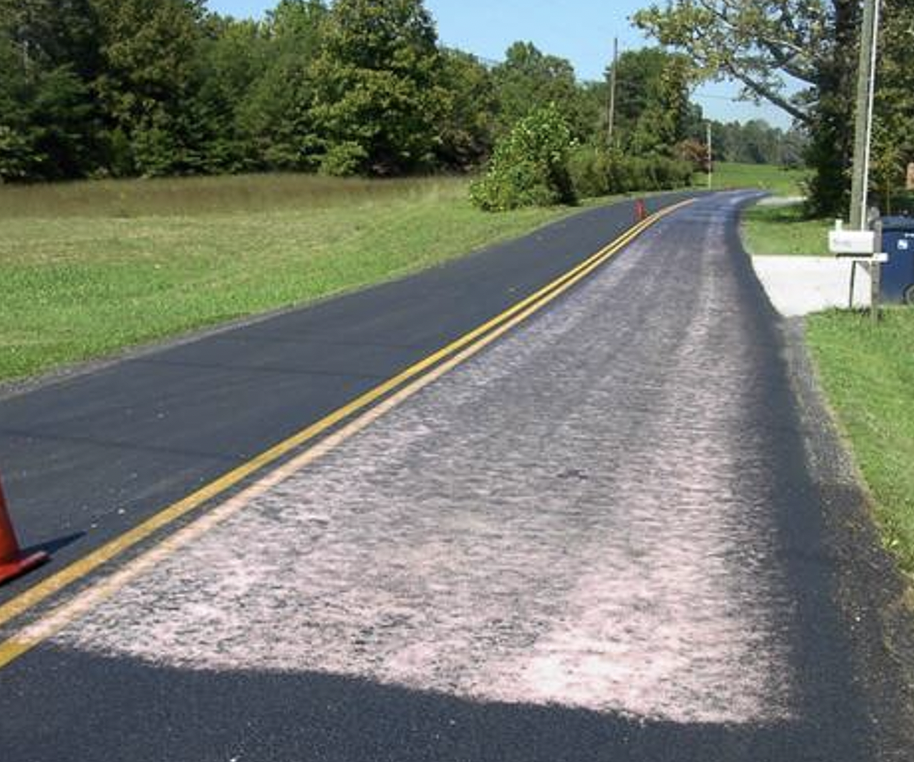
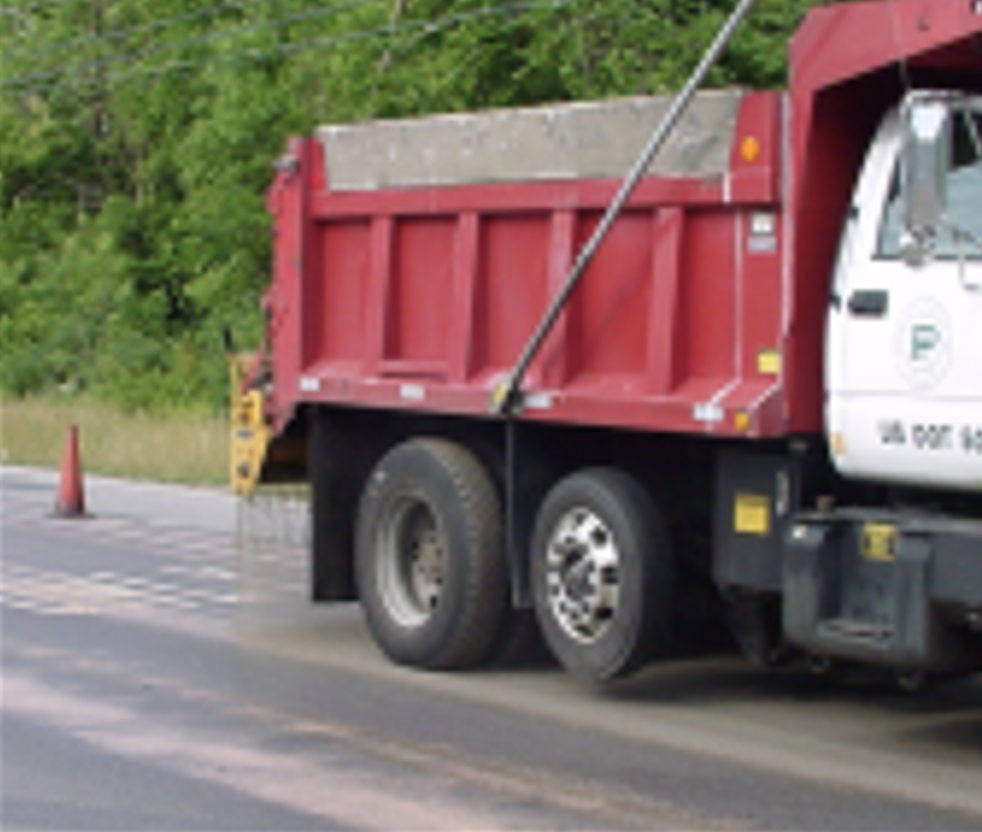
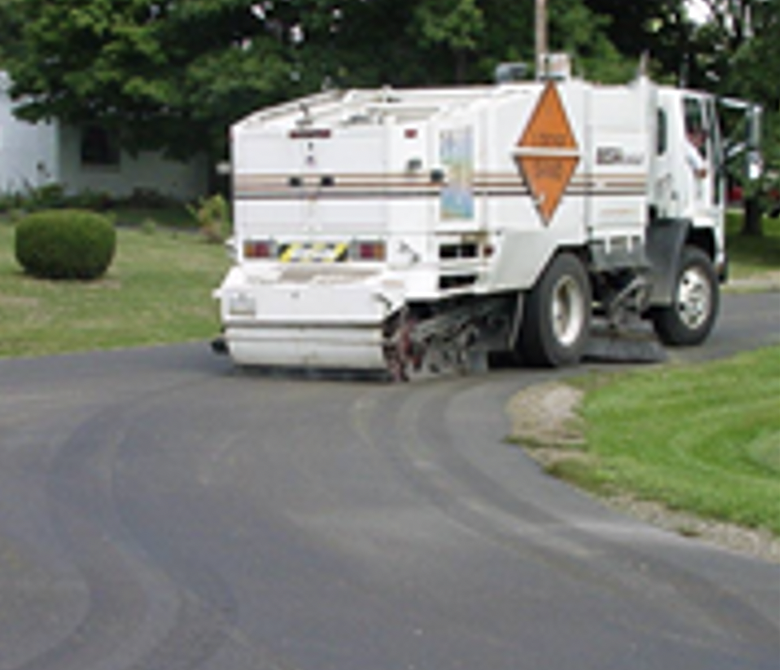
Processes such as rejuvenation provide state DOTs, cities, counties and private communities alike a low-cost treatment alternative with an excellent return on investment (ROI). Using preventative maintenance treatmentsworks by rejuvenating the asphalt binder and sealing the existing roadway from water intrusion, without obliterating existing pavement markings.
The Right Product at the Right Time
When is the proper time to apply an MRT rejuvenator? The correct answer is while the pavement is in good condition. Typically, that’s between one and four years after initial paving. By treating roads before distresses like cracking and raveling occur, agencies can extend the service life of their asphalt pavement for five years or more.
Not only that, but residents can also drive on the treated road in as little as 30 minutes. By keeping our good roads in good condition, we can “flatten the curve” for now, despite the COVID-19 pandemic and before the next round of budget tightening begins.
Use the Right Treatment on the Right Road at the Right Time – beginning now. With so much uncertainty about future strains on funding, take advantage of this opportunity to innovate by using MRT to bring about positive change for your most valuable fixed assets – your roads!


